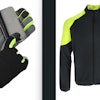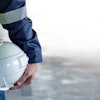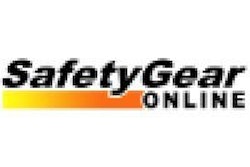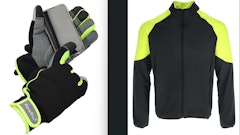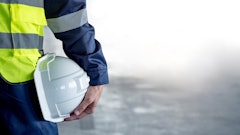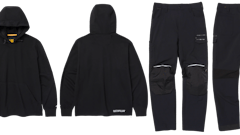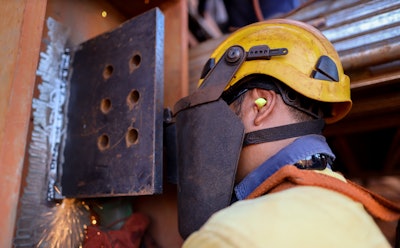
According to the National Institute for Occupational Safety and Health (NIOSH), hearing can be damaged by exposure to loud noise or chemicals while at work, with occupational hearing being one of the most common – and permanent – work-related illnesses.
Exposure to loud noise kills the nerve endings in the inner ear, with more exposure resulting in more dead nerve endings, resulting in permanent hearing loss that cannot be corrected through surgery or with medicine. The louder the sound, the faster it can damage hearing. Exposure to repetitive loud noise such as worksite machinery may result in hearing loss over time.
Noise Risks on Construction Sites
Sound is measured in units called decibels. While sounds at or below 70 A-weighted decibels (dBA) are generally safe, a single very loud noise or long or repeated exposure to sounds at or above 85 dBA can cause hearing loss. The Occupational Health and Safety Administration (OSHA) indicates employers need to implement a hearing conservation program when noise exposure is at or above 85 decibels averaged over eight working hours or an eight-hour time-weighted average. The average decibel rating for lawnmowers, for instance, is 80 to 100 dBA.
Some 22 million U.S. workers are exposed to hazardous noise levels at work each year.
According to a NIOSH study, while hearing loss among noise-exposed workers has trended downward over the years, still more than half of noise-exposed workers do not use hearing protection devices (HPD) when exposed to noise on the job. Non-use was highest among women, young workers, and current smokers. The study found 52 percent of those working in construction do not wear HPD. Overall statistics in all U.S. industries show about 25 percent of all workers have been exposed to hazardous noise.
OSHA Guidance
OSHA offers detailed guidance for addressing occupational noise exposure. OSHA notes those who need to raise their voice to speak to someone three feet away may indicate noise levels might be over 85 decibels. Noise may be a problem in the workplace for a worker who hears ringing or humming in their ears when leaving work; must shout to be heard by a coworker an arm's length away, and experiences temporary hearing loss when leaving work.
Sound-measuring instruments available to measure workplace noise include sound level meters, noise dosimeters, and octave band analyzers. The NIOSH Sound Level Meter App is a tool that can be downloaded on mobile iOS devices to measure workplace sound levels and provide noise exposure parameters to help reduce occupational noise-induced hearing loss. A hearing conservation program is designed to prevent initial occupational hearing loss, preserve and protect remaining hearing, and equip workers with the knowledge and hearing protection devices necessary to safeguard themselves.
Mitigating Exposure to Noise
Ways to control worker exposure to excessive noise and prevent hearing loss include using quieter machines, isolating the noise source, limiting worker exposure, or using use effective protective equipment. OSHA Construction Standards address noise and hearing conservation, including OSHA's noise construction regulations, national consensus standards and recommendations from other professional organizations, health effects and general resources.
An extensive resource for occupational noise exposure can be found here.
NIDCD defines hearing protectors as wearable devices that can lower the intensity of sound entering the ears. Earplugs or protective earmuffs should be worn in loud workplace settings. Examples include formable foam earplugs, pre-molded earplugs, canal caps, and safety earmuffs. ‘Musician earplugs’ are custom-made earplug molds intended to protect hearing while also allowing as much natural sound as possible to safely enter the ear. NIDCD notes that hearing protectors do not block all sound. Most have a noise reduction rating (NRR) – the higher the NRR, the more sound is blocked if the device is worn correctly.
Choose hearing protectors that enable communication in a noisy environment so they don’t have to be removed during conversation, as even briefly removing hearing protectors in a significantly loud environment puts hearing at risk. A hearing health professional can be consulted for information about custom-made earplugs. Among the brands that offer protective earwear are 3M, CavCom and PK Safety.
Look for and compare new workwear on IRONPROS, featuring over 3,500+ products in our platform!


